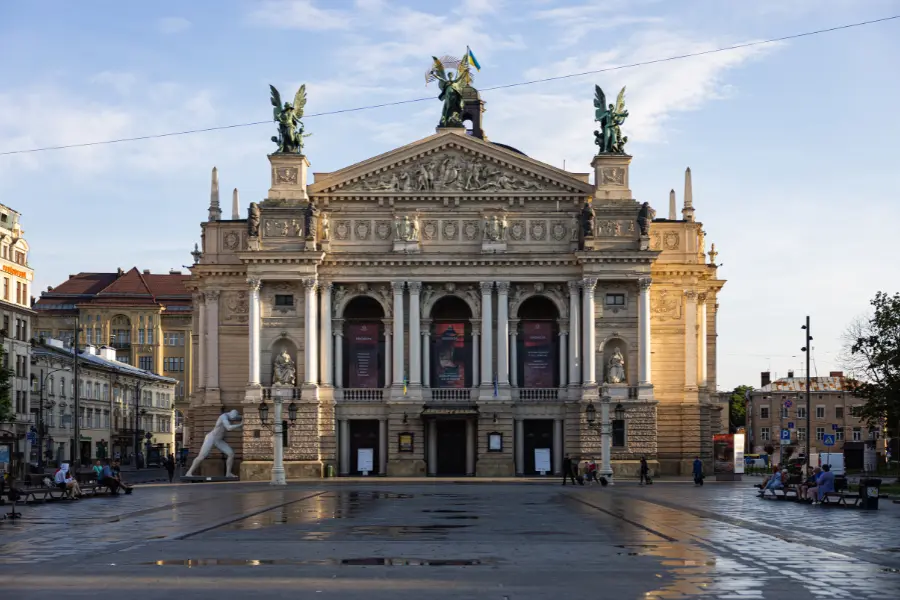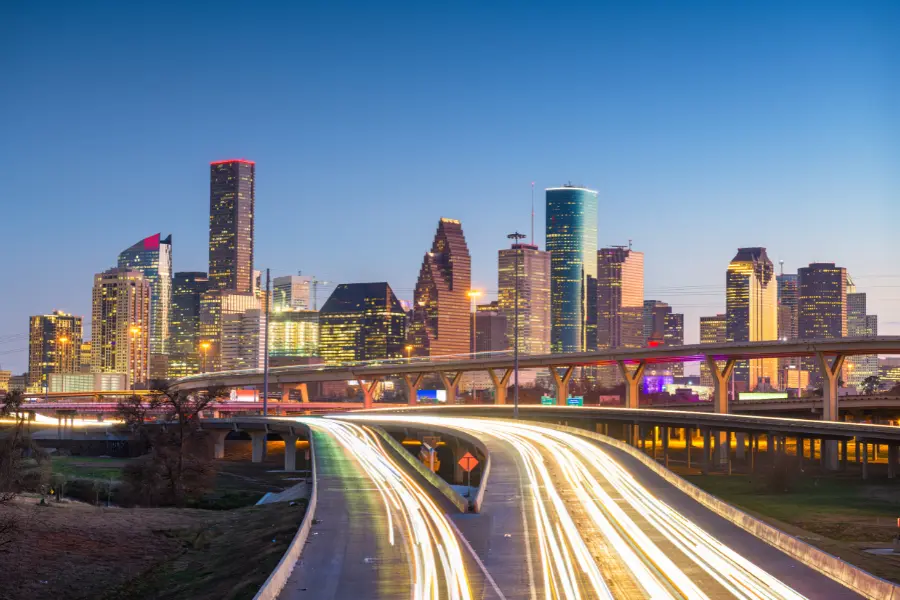Discover Lefkoşa (North Nicosia): A 2025 Guide to the Hidden Soul of Northern Cyprus
Steeped in centuries of history and cultural fusion, Lefkoşa (North Nicosia) is a place where every stone, archway, and alley whispers stories from the past. As the world’s last divided capital, Lefkoşa offers an experience unlike any other—where East meets West, ancient meets modern, and tradition blends effortlessly with urban life.
In 2025, this northern Cypriot gem continues to attract curious travelers seeking authentic encounters, Ottoman heritage, and a taste of Cypriot-Turkish hospitality. Whether you’re a history lover, culture explorer, or food enthusiast, Lefkoşa promises to enchant you at every turn.
1. Explore the Heart of Lefkoşa: Where History Lives On
Walking through Lefkoşa’s Old City feels like stepping back in time. Enclosed within Venetian walls dating back to the 16th century, the city’s narrow streets reveal a tapestry of Ottoman mosques, Gothic cathedrals, and traditional Cypriot houses.
Selimiye Mosque – The Crown Jewel of Lefkoşa
No landmark defines Lefkoşa more than the Selimiye Mosque, once the majestic St. Sophia Cathedral. With its Gothic spires now topped by Ottoman minarets, it symbolizes the city’s layered history. The interior, adorned with graceful arches and intricate stonework, showcases the perfect blend of medieval European craftsmanship and Islamic artistry.
Visitors are welcome to explore its vast prayer hall, observe daily life, and experience the peaceful coexistence of faith and culture.
Büyük Han – The Beating Heart of Local Life
A short stroll from Selimiye brings you to Büyük Han, a 16th-century Ottoman inn (caravanserai) that has transformed into Lefkoşa’s creative hub. Its stone courtyard buzzes with artists, local artisans, and cozy cafés where you can sip strong Turkish coffee or savor a plate of meze under the arches.
Handmade jewelry, pottery, and Cypriot lace make for excellent souvenirs — each piece carrying the soul of the island.
2. Step Inside the Cultural Tapestry of Lefkoşa
Beyond its iconic landmarks, Lefkoşa hides an array of small museums and historic buildings that reveal Cyprus’s multicultural roots.
Dervish Pasha Mansion – A Glimpse into Ottoman Elegance
Once home to a notable Ottoman official, the Dervish Pasha Mansion now functions as a museum preserving Lefkoşa’s aristocratic past. Its elegant wooden ceilings, patterned tiles, and courtyards tell stories of life during the Ottoman era. Every room feels like a scene frozen in time — perfect for photography enthusiasts.
Mevlevi Tekke Museum – The Whirling Dervishes of Lefkoşa
Located near the Kyrenia Gate, this museum offers a fascinating look at the spiritual traditions of the Mevlevi Order, known for their mesmerizing whirling dance. Exhibits include traditional robes, musical instruments, and manuscripts that reveal the depth of Sufi culture. Visitors often find the atmosphere peaceful and introspective — a true spiritual escape.
Haydarpaşa Mosque & Arabahmet Quarter
Another architectural gem, Haydarpaşa Mosque, once a Gothic church, is now a beautifully preserved place of worship. Wander into the Arabahmet Quarter, known for its cobblestone lanes, pastel-colored Ottoman homes, and quiet cafés shaded by bougainvillea. This area perfectly captures the nostalgic charm of Lefkoşa.
3. Hidden Gems You Can’t Miss in Lefkoşa
Beyond the tourist trail, Lefkoşa is filled with lesser-known treasures that make exploration rewarding.
-
Lapidary Museum: Located near the Archbishop’s Palace, it displays fascinating stone carvings and ancient artifacts from across Cyprus.
-
Ethnographic Museum: A small yet rich collection of traditional tools, costumes, and crafts offering insight into rural Cypriot life.
-
Venetian Walls & Famagusta Gate: For a panoramic perspective of the city’s past, walk along sections of the Venetian Walls, and visit Famagusta Gate, one of the original entrances that now hosts art exhibitions and cultural events.
These lesser-visited spots provide authentic glimpses of Lefkoşa’s layered identity — one that continues to evolve while embracing its history.
Read also: Ultimate Cologne Travel Guide: Explore Cologne’s Cathedrals & Museums
4. Savor the Flavors of Lefkoşa: A Culinary Journey
Food in Lefkoşa is a delicious reflection of its diverse influences — Ottoman, Turkish, and Mediterranean. Every meal here feels like a story told through flavor.
Traditional Dishes to Try
Start with a spread of mezes, small plates filled with olives, hummus, grilled halloumi, and spicy sausages. For mains, try kleftiko (slow-cooked lamb) or moussaka, followed by the sweet indulgence of baklava or kunefe, best enjoyed with thick, aromatic Turkish coffee.
Local Markets & Pastry Shops
Visit Arasta Market near the Ledra Street crossing, where you’ll find colorful stalls selling handmade crafts, Turkish delights, and fresh produce. The smell of freshly baked pastries fills the air — don’t miss out on simit, a sesame-coated bread ring perfect for breakfast.
Hidden pastry shops in the Old Turkish Quarter are local favorites, where you can watch bakers prepare traditional sweets passed down through generations.
5. Walk Through Time: Exploring Lefkoşa on Foot
The best way to discover Lefkoşa is by walking through its labyrinthine streets. Each alley reveals another layer of history — from Ottoman fountains to ancient churches converted into galleries.
Join a guided walking tour to learn about the city’s divided past, the Green Line border, and the human stories that define modern Lefkoşa. Alternatively, rent a bicycle and ride along the old city walls for a more leisurely adventure.
6. Practical Travel Tips for Lefkoşa Visitors
-
Best Time to Visit: March to May and September to November offer pleasant weather and fewer crowds.
-
Getting Around: Walking is ideal within the old city; taxis and minibuses are available for longer distances.
-
Currency: The Turkish Lira (TRY) is used in Lefkoşa. Exchange rates are favorable, and ATMs are widely available.
-
Language: Turkish is the primary language, though English is commonly spoken in hotels, restaurants, and tourist sites.
-
Cultural Etiquette: Dress modestly when visiting mosques or religious sites and respect local customs.
7. Why Lefkoşa Should Be on Your Travel List
Lefkoşa is more than just a destination — it’s a living museum of coexistence, resilience, and cultural beauty. Its ability to preserve ancient traditions while embracing the present makes it one of the most underrated capitals in Europe.
Whether you’re exploring Ottoman inns, savoring local dishes, or engaging with artisans at Büyük Han, you’ll feel the heartbeat of a city that thrives on connection and creativity.
So, as you plan your 2025 travels, let Lefkoşa surprise you — with its history, its warmth, and its stories waiting to be told.










